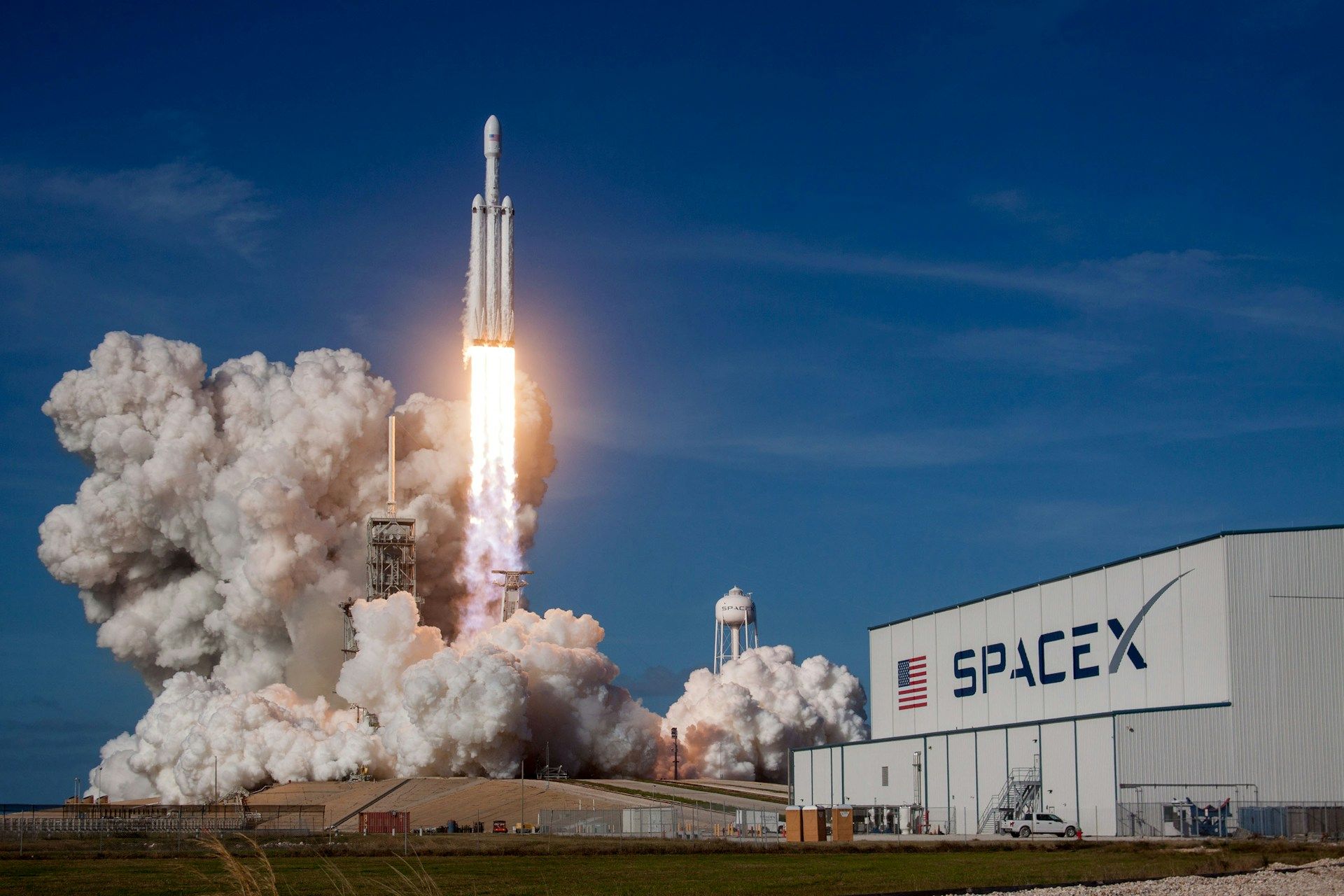SpaceX’s ninth test flight of the Starship system, launched on May 27, 2025, marked another crucial step in the company’s pursuit of a fully reusable spacecraft designed for interplanetary missions. While the mission did not achieve all its goals, it demonstrated significant advancements, highlighting the complexity and challenges of developing such an ambitious project.
The flight began with the successful separation of the Starship upper stage from the Super Heavy booster, a pivotal phase in the launch. The booster, designated B14-2, was reused from a previous mission, underscoring SpaceX’s continued focus on reusability. This approach is central to SpaceX’s strategy to make space travel more affordable and sustainable.
However, the mission ran into difficulties during the upper stage’s re-entry into Earth’s atmosphere. A propellant leak compromised the spacecraft’s ability to maintain attitude control, ultimately preventing the deployment of its payload. As a result, the vehicle disintegrated over the Indian Ocean. Despite this setback, SpaceX remains optimistic about the data gathered during the flight. The insights will inform improvements in future designs and operational strategies, making each test flight an integral learning opportunity.
In terms of progress, SpaceX plans to continue testing with subsequent flights scheduled every three to four weeks. This rapid cadence reflects the company’s commitment to refining the Starship system and pushing the boundaries of space technology. In addition, the Federal Aviation Administration (FAA) has approved plans for up to 25 Starship operations annually, reinforcing confidence in the company’s safety protocols and its approach to addressing past issues.
As SpaceX pursues its long-term vision of enabling human missions to Mars by 2026, every test flight, regardless of outcome, provides valuable data that contributes to the incremental advancements needed to realise interplanetary travel. The road to Mars is undoubtedly fraught with challenges, but with each test, SpaceX moves closer to making it a reality.


